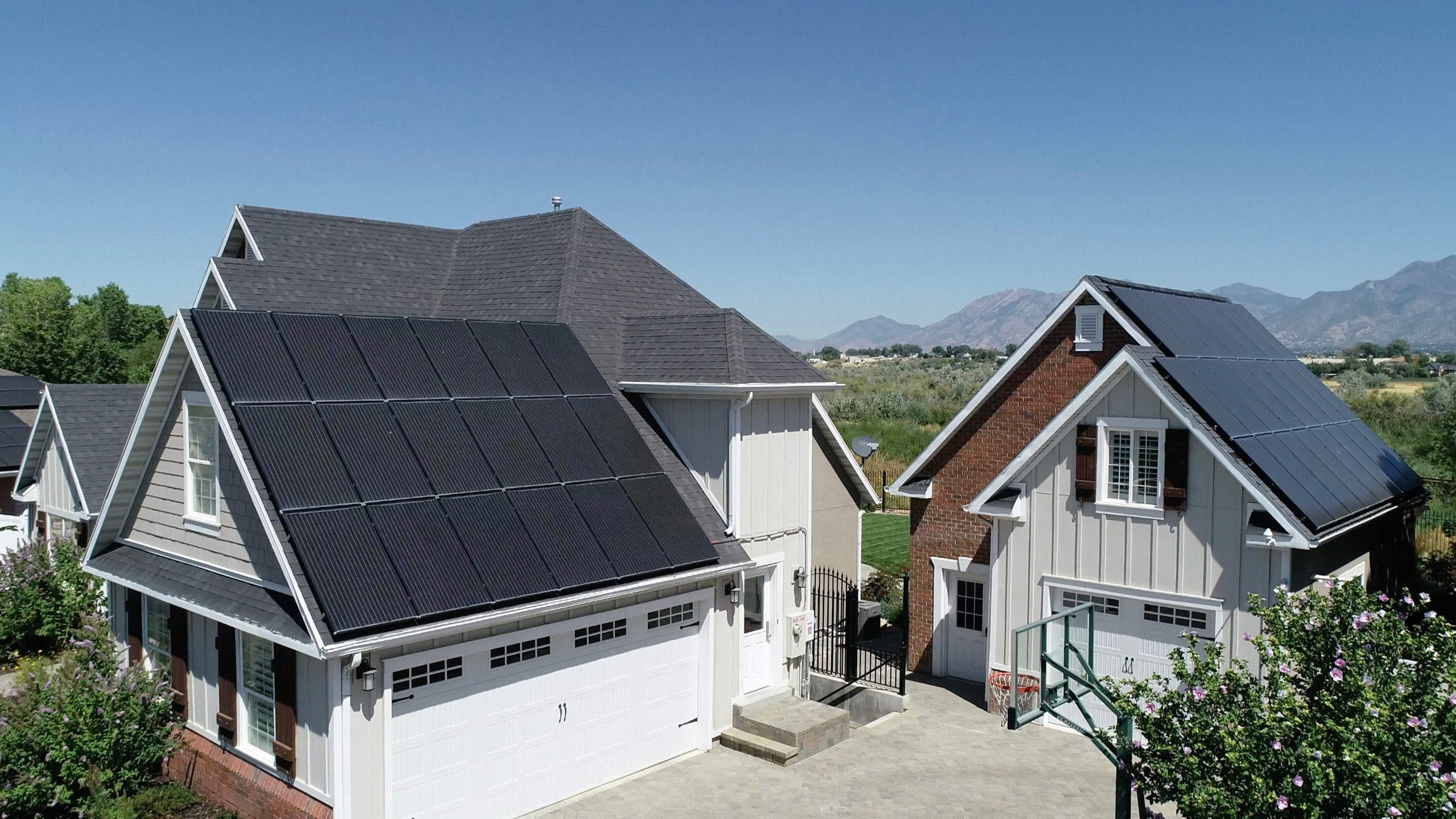We’ve seen them lining rooftops in our neighborhoods, adorning the top of parking structures and out in space generating energy for our astronauts. Solar panels are everywhere nowadays… but what’s the truth about savings when it comes to solar energy?
The good news is that solar panels are an excellent investment for most homeowners. Benefits for many who go solar include saving money long-term, increasing the resale value of your home, protecting against blackouts, and of course, the undeniable positive environmental impact.
With solar panel costs at a stable decline this past decade and the solar panel industry steadily growing, there’s no better time to get started on your solar journey [1].
Ready to talk to our team of our solar experts? Click the “Free Quote” button at the top of the page for more information!
Upfront costs
Residential solar is being adopted by an increasing amount of homeowners every year. Part of the reason for this boom is that the price of solar has decreased exponentially in the past decade.
Solar panel installation costs have dropped by 60% over the last 10 years. The average residential solar system in 2010 was $40,000, but prices have been cut in half [2].
Residential systems can vary in price depending on the number of panels, your location or storage options you may choose for your home. According to Wood Mackenzie’s energy analysts, the average installation cost for an 8 kWh system is $20,000. However, since many homeowners opt for smaller systems, your upfront costs could be even less [3].
Upfront costs can seem like a lot at first, but there are many ways you can save money. For example, there are many state-level and federal tax incentives available to homeowners across the U.S. – and with Momentum Solar, there are several different financing options to fit any budget!
Tax incentives
There are many federal and state governmental incentives to assist in buying solar panels for your home. While incentives such as net-metering or local energy credits vary from state to state, there are likely incentives where you live. If you are a homeowner in the Northeast, you can find state-specific incentives here.
On a federal level, the Solar Investment Tax Credit (ITC) is available to all U.S. homeowners. It is a federal tax credit that allows homeowners to deduct up to 30% of their system. For more information on the ITC and to see if you qualify, visit our blog, Everything You Need to Know about the Inflation Reduction Act.
Utilizing these state and federal incentives can help reduce the upfront costs of your home’s system making it easier to afford. Claiming these can also help shorten your payback period so you can start reaping the benefits of the sun sooner.
What is a payback period?
While system costs may seem high at first, keep in mind that for the environment and your wallet, the investment now is more than worthwhile.
A payback period is the time it takes for your solar panels to make up for the initial investment. Solar panels can help you offset installation costs by lowering or even eliminating your electric bill, but it takes time. Payback periods vary greatly depending on the home’s energy output, the amount of solar you bought, and other factors [4].
The average payback period for residential solar panel systems is about 8.7 years, but since there are so many different variables that go into it, a general estimate can be anywhere from six to ten years [5].
Why should I invest in solar panels?
Investing in solar panels can have impactful long-term positive effects on the environment and help you save thousands of dollars throughout the lifetime of your system. “Homeowners who sell their homes within five years of installing a system ‘are almost getting 100 percent of their investment back,’” says a quote from the New York Times [6].
At Momentum Solar, we make it easy to invest in solar panels and to seamlessly begin enjoying the benefits of clean energy. With payback periods at all-time lows and savings at all-time highs, right now is the best time to invest in solar for your home.
Ready to reduce your carbon footprint? Call Momentum Solar today at 1-888-MOMENTUM to learn more about how you can invest in a more sustainable and cost-effective future.
Citations
[1] https://www.seia.org/research-resources/solar-market-insight-report-2022-q4
[3] https://www.woodmac.com/news/opinion/is-the-end-of-high-us-solar-system-prices-in-sight/
[6] https://www.nytimes.com/2022/11/26/realestate/solar-panel-cost.html



